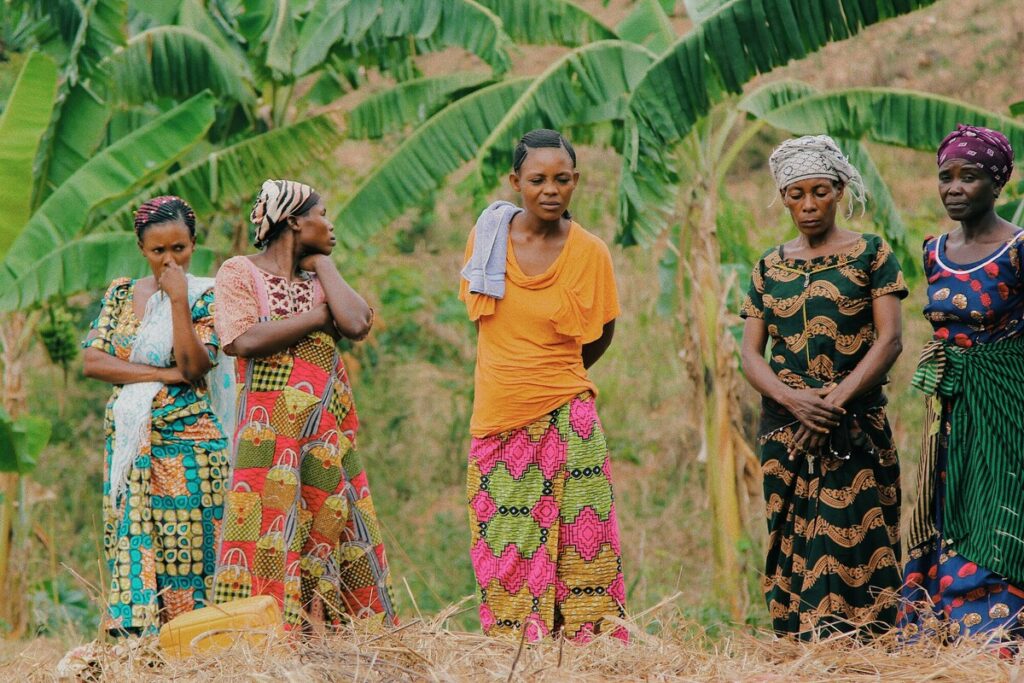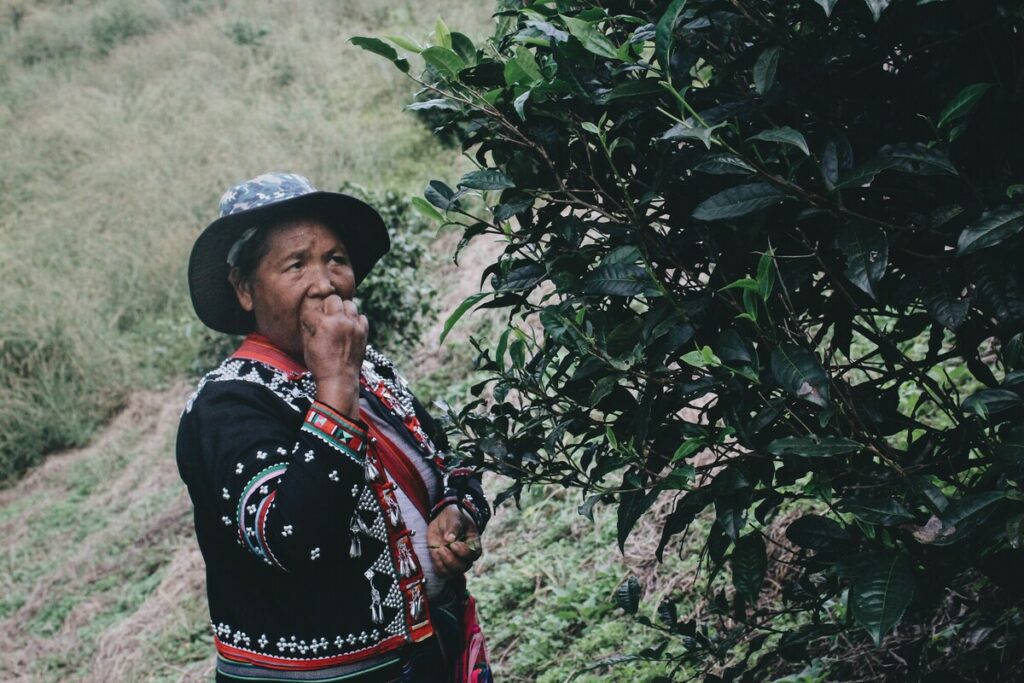Plant With Purpose celebrates planting 50 million trees and so much more
Plant With Purpose celebrates planting of our 50 millionth tree. This represents decades of growth, lessons learned, and lives changed since our first seedling was placed in the ground in 1984, 38 years ago. Planting 50 million trees in 38 years may seem modest, especially in comparison to other efforts that plant as many in a single year. You may ask yourself why is Plant With Purpose’s progress so slow? Isn’t restoration urgent? Are we really making an impact?
But ask yourself this, if you only had two options: plant 100 trees or just plant five, which would you choose? With only those two options, most would choose 100 trees of course, since that seems likely to make the most impact and sequester the most carbon. However, there are many other factors worth considering beyond the sheer quantity of trees? What type of trees are they? These are the aspects of tree planting that need to be heavily considered. Simply planting a large number of trees without further consideration may result in a loss of time, money, and or unintended harm to the local ecology.
In the 38 years that we have been working with local farmers to plant trees, we learned one very important thing: it’s not just about the trees. Plant With Purpose CEO Scott Sabin highlights how, “it is important to plant trees for the right purpose. Yes, trees have an important impact on the climate, but they also need to make sense to the people who live where they will be planted. In our case, they provide food, fuel, fodder, fertilizer, and local ecosystem benefits. A unit of Plant With Purpose’s environmental restoration curriculum, Seeds of Change, is all about agroforestry: using trees on farms to improve farm production and sustainability. Our partners plant trees because they have learned that trees directly benefit them, not because we pay them to put seedlings in the ground.”
The way Plant With Purpose plants trees is distinct, centered around the smallholder farmers we partner with. They plant one tree at a time, through a method called Community Designed Restoration.
What is Community Designed Restoration?

Community Designed Restoration is an approach centered on locally led and executed tree planting initiatives. Smallholder farmers study their own farms and local areas and learn how different parts of the ecosystem interact. Then, they plant trees that will have the best ecological and economic impact. Many of the communities that we work with rely on forms of indigenous agriculture to guide their tree planting strategies.
Community Designed Restoration fosters a culture of learning. Local groups gather to share their knowledge and collectively develop approaches to improve their tree planting practices. This approach means that every aspect of tree growing, from seed harvesting, to choosing what tree species to plant and where to plant them, is done judiciously. This is all carried out by people who are dedicated to caring for those trees long term. It’s based on relationships and respect for people in their own community.
Restoration vs. Reforestation
Reforestation is a hot topic these days. While our approach absolutely includes reforestation, it is part of a broader goal of restoration. So, how are the two related?
Reforestation is the action of renewing forest cover (Merriam-Webster). Restoration is the act of restoring something to its original condition.
The concept of restoration is a more holistic process that leads to the revival of an entire ecosystem. Restoration is about restoring degraded and heavily deforested landscapes, and protecting biodiversity, as well as the agricultural productivity of the landscape.
The importance of whole ecosystem health
At Plant With Purpose, we focus on a holistic approach to tree planting that lies at the intersections of environmental restoration, poverty alleviation, and spiritual renewal. We don’t just focus on the one tree that is planted in the ground, but we think about how a specific tree will affect an entire community.
This concept of whole ecosystem health is clear throughout our Watershed Model. We center our programs in watersheds, a sloped area of land defined by streams and rivers that flow to a common body of water. The Watershed Model benefits everybody who lives within a watershed, not just the immediate planter.
Many benefits come because of the Watershed Model, but the most important benefit is the changes in the livelihoods of the people we partner with.
Why people are just as important as trees
In Community Designed Restoration, farmers and the community are the most essential part of the process. Tree planting initiatives are based on a vision that farmers have for their land and communities. Many of the trees that are planted throughout our programs are on land that is owned by the farmers themselves. This land is a life source for the farmers and determines their ability to sustain themselves financially, meaning that the farmers care deeply about what happens to the land and plant trees that are going to have the best environmental and personal impact. Farmers carefully determine what types of trees to plant and where exactly they are planted.
Plant With Purpose as an organization doesn’t actually plant trees; that task is headed by the local farmers we work with. In order for tree planting to be successful, it needs local ownership: people working to manage and sustain the trees to ensure they thrive. It doesn’t take much to put a seed in the ground, but growing a tree from seed to maturity takes a lot of care and time. Community Designed Restoration gives the people in the community ownership of the tree, and we see this increases the tree’s chance at survival.

Climate change doesn’t have a single solution; it calls for a variety of responses. Tree planting is an efficient way to help sequester carbon emissions and reverse the toll that the changing climate has on the Earth. However, even though trees are important, so are the farmers who are working hard to plant and maintain them.
That’s where Plant With Purpose comes in. All the work and care that the local farmers are doing comes to fruition when we partner with them. We help to lower the barriers in tree planting. We work as a catalyst to provide education, training, and motivation for local farmers to take the action they need and want to take.
When thinking about our partner farmers and our efforts to make an impact in the tree planting space, hope is a word that often comes up. Plant With Purpose’s regional director Milmer Martinez Vergara said, “Our work as an organization is being able to map out the hope for the future and expectations [the farmers] have for their families and the future and collaborating with the farmers to align it with their production system.”


















